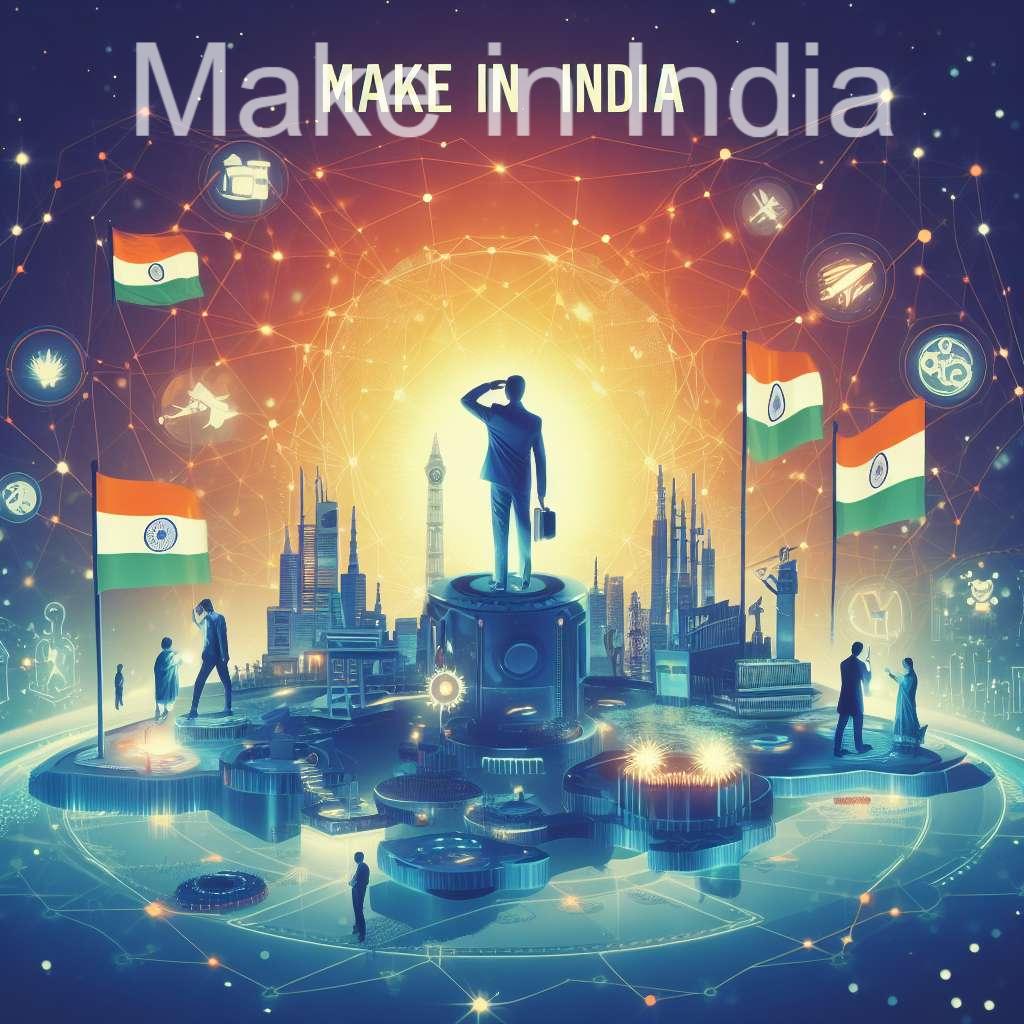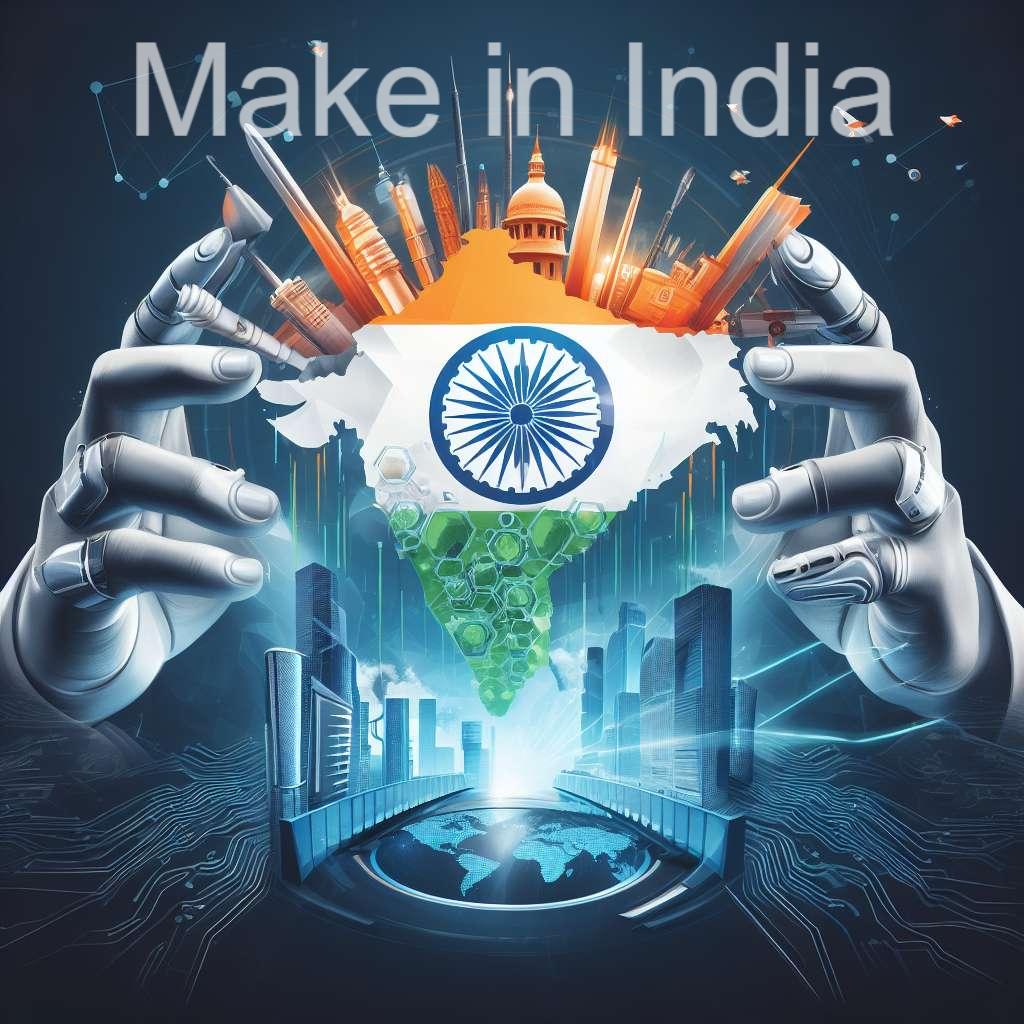“Make in India” envisions a future where India is not just a consumer of manufactured goods, but a global manufacturing powerhouse. The long-term goals aim to transform the nation’s economy through various focus areas, leading to significant impacts:
Goals and Focus Areas:

- Manufacturing Growth: The initiative aims to increase the share of manufacturing in India’s GDP from 17% to 25% by 2025, and further up to 30% by 2030. This ambitious target focuses on boosting production across core sectors like automobiles, electronics, textiles, pharmaceuticals, and defense.
- Technological Advancement: Embracing cutting-edge technologies like artificial intelligence, robotics, and additive manufacturing is crucial for remaining competitive in the global market. “Make in India” emphasizes R&D and innovation, aiming to transform India into a hub for technology-driven manufacturing.
- Skilled Workforce: A skilled workforce is vital for realizing the vision. The initiative focuses on skill development programs, vocational training, and aligning education with industry needs to provide the necessary manpower for advanced manufacturing.
- Sustainable Practices: Environmentally responsible practices are integral to long-term success. “Make in India” promotes green technologies, renewable energy integration, and resource efficiency to ensure sustainable growth and address environmental concerns.
- Global Competitiveness: The long-term vision aims to make India a preferred destination for global manufacturing and investment. By simplifying regulations, improving infrastructure, and offering attractive incentives, India seeks to compete effectively in the global market.
Expected Impact on the Indian Economy:

- Economic Growth: Achieving the envisioned manufacturing growth is projected to contribute significantly to India’s GDP, potentially adding trillions of dollars to the economy and creating millions of new jobs.
- Job Creation: An efficient and thriving manufacturing sector creates direct and indirect employment opportunities across various sectors. “Make in India” estimates its potential to create over 100 million jobs, boosting employment, reducing poverty, and improving livelihoods.
- Exports and Trade: Increased domestic production can lead to higher exports, reducing dependence on imports and strengthening India’s position in global trade. This boosts foreign exchange reserves and fosters economic stability.
- Technological Prowess: R&D and innovation under “Make in India” contribute to advancements in indigenous technologies. This strengthens India’s position in the global technology landscape and attracts further investment in high-tech areas.
- Infrastructure Development: Improved infrastructure is crucial for efficient manufacturing and attracting investment. “Make in India” prioritizes developing robust logistics, transportation networks, and energy infrastructure, benefiting not just manufacturing but the entire economy.
Challenges and Opportunities:
Despite the ambitious vision, challenges remain. Streamlining regulations, addressing skill gaps, and ensuring infrastructure development are continuous priorities. However, the initiative presents immense opportunities for businesses, investors, and individuals. By aligning with its goals and actively contributing, various stakeholders can play a crucial role in shaping a vibrant and successful future for Indian manufacturing.
The success of “Make in India” lies in its collaborative spirit and collective effort. By embracing its long-term vision, focusing on key areas, and addressing challenges effectively, India has the potential to transform itself into a global manufacturing leader, redefining its economic landscape and paving the way for a prosperous future.
Word count: 499